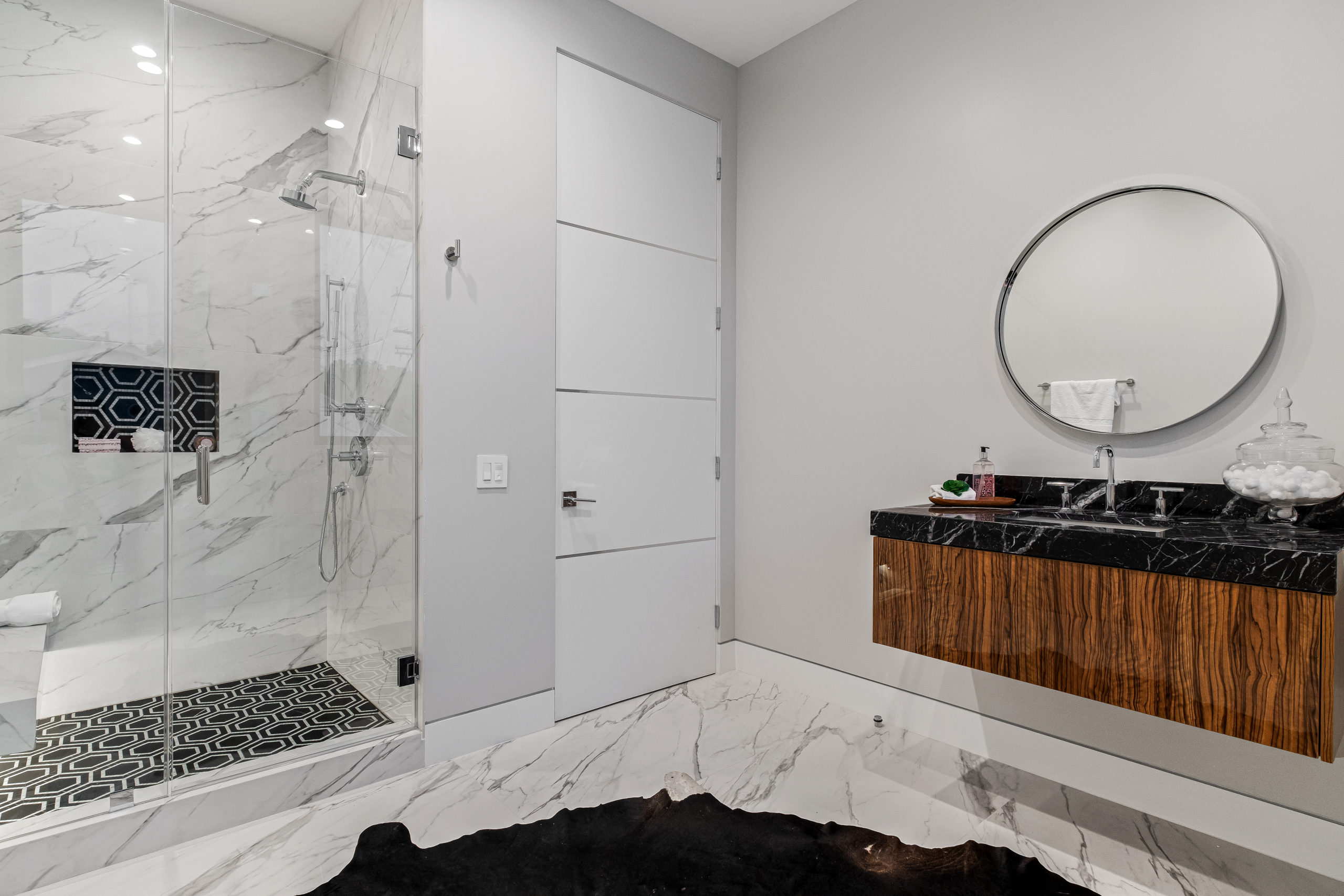- Assess Your Needs and Prioritize Before diving into the financial aspect, take the time to assess your needs and priorities for the remodel. Determine what aspects of your bathroom are most important to you. Do you need to replace outdated fixtures, improve storage, or enhance the overall aesthetic? By prioritizing your requirements, you can allocate your budget more effectively to areas that matter most to you.
- Research Costs Once you have a clear idea of your remodeling priorities, research the costs associated with each aspect of the project. This includes materials, labor, permits, and any additional expenses such as plumbing or electrical work. Look for estimates from multiple sources to ensure you have a realistic understanding of the potential costs involved.
- Set a Realistic Budget Based on your research and priorities, establish a realistic budget for your small bathroom remodel. It’s essential to be honest with yourself about what you can afford and avoid setting unrealistic expectations. Factor in a contingency fund of around 10-20% of your total budget to account for any unexpected expenses that may arise during the renovation process.
- Determine DIY vs. Professional Work Consider whether you’ll be tackling any aspects of the remodel yourself or hiring professionals for the entire project. While DIY work can save money, it’s crucial to be realistic about your skills and the complexity of the tasks involved. Certain aspects, such as plumbing or electrical work, are best left to experienced professionals to ensure safety and compliance with building codes.
- Explore Cost-Saving Strategies Look for opportunities to save money without compromising on quality. This could involve opting for affordable yet durable materials, repurposing existing fixtures where possible, or considering alternative design solutions that achieve the desired look at a lower cost. Be open to creative ideas that allow you to stretch your budget further.
- Get Multiple Quotes When hiring contractors or purchasing materials, don’t settle for the first option you come across. Instead, obtain multiple quotes to compare prices and ensure you’re getting the best value for your money. Keep in mind that the cheapest option isn’t always the best, so weigh cost against factors such as reputation, experience, and quality of workmanship.
- Keep Track of Expenses Throughout the remodeling process, maintain meticulous records of all expenses incurred. This will help you stay within budget and identify any areas where costs may be exceeding your initial estimates. Consider using budgeting software or apps to track expenses easily and ensure transparency throughout the project.
- Be Flexible Finally, remain flexible throughout the remodeling process and be prepared to make adjustments to your plans as needed. Unexpected issues or opportunities may arise that require you to adapt your budget or timeline accordingly. By staying adaptable and proactive, you can navigate challenges more effectively and achieve the best possible outcome for your small bathroom remodel.
In conclusion, setting a realistic budget for your small bathroom remodel is crucial for ensuring a successful and stress-free renovation experience. By carefully assessing your needs, researching costs, and prioritizing your spending, you can create a financial plan that aligns with your goals and constraints. With proper planning, smart decision-making, and a bit of creativity, you can transform your small bathroom into a functional and stylish space without breaking the bank.

